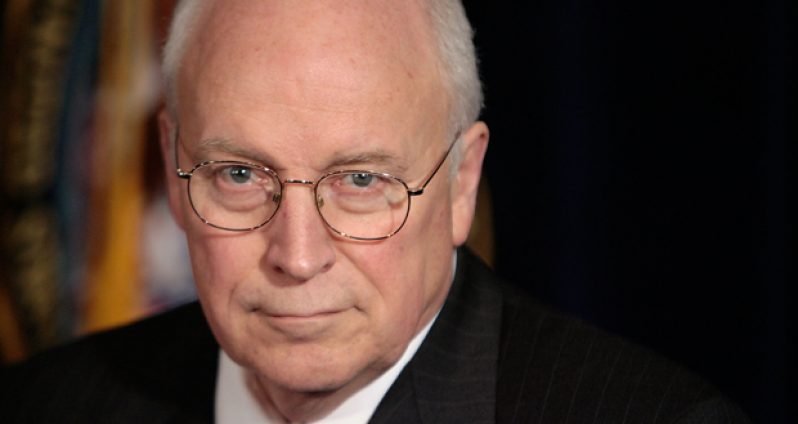THE Guyana National Assembly and sometimes the Guyana Parliament do not understand that public sector communication is different from private sector communication. The blurred distinction between the two types of communication has grown in prominence since the General and Regional Elections in 2011.
The blurred distinction remains perennial because there is little or no awareness of the enormous constraints that a government’s communications agency faces as compared to private media houses (1); these constraints are political, public good, legal constraints, devaluation of communication, poor public perceptions, lagging professional development, and federalism.
‘The Guyana National Assembly and sometimes the Guyana Parliament do not understand that public sector communication is different from private sector communication. The blurred distinction between the two types of communication has grown in prominence since the General and Regional Elections in 2011.”
Let us look at each constraint, as follows (1): any government communication is about politics which can limit creativity and innovation in presenting communications; the public good is serving the public interest; and while we can argue that private media houses can also serve some public good, the bottom line is that they exist mainly to make profits, and the market may not permit them to engage in risk communication in the same way that a government’s communication agency does; legal constraints limit the work of a government’s communication agency as in the U.S. where federal agencies have to comply with the Freedom of Information Act; a government’s communication agency is subject to more media scrutiny; less importance afforded to governmental communication resulting in more skilled people exiting government service; public perception and cynicism can undervalue government communication; negative perceptions of government communication may result in lagged professionalism among communicators; and federalism where conflicts may ensue among local and state communicators. These are the constraints that a government communication agency experiences; experiences that would hardly beset private media houses. Therefore, given these constraints, there is now the need to acknowledge differences between the public relations environments of the private media houses and the government communication office.
And so a government’s communication agency, say, the Government Information Agency (GINA) is quite different from a private media house, say, TVG 28. In fact, GINA performs distinct functions when compared to the functions of private media houses as well as those of the Guyana Chronicle and the National Communications Network (NCN), the latter two being the State’s media houses. But GINA is the Government of Guyana’s office of communications or its public relations arm. GINA is not a media house.
In Guyana, the consequence of the misconception on what pertains to being a media house and what constitutes a government’s communication agency, is GINA’s unfair treatment at the hands of the combined Opposition APNU and AFC. In fact, for a few years now, APNU and AFC have taken away GINA’s budgetary allocations in parliament, depriving many of its staff of a livelihood, and have suppressed the government’s legitimate communication agency, whose job is to familiarize all Guyanese with the policies, programmes, and projects of the government.
Former U.S. Vice President Dick Cheney had a lot to say about the press when President George H. Bush was about to nominate him as Secretary of Defence. His thoughts ran along these lines (2): the White House through the Office of Communications has to control its public agenda by promoting the messages it wishes to deliver to the American people; the essence here is that the White House must control the media coverage of the U.S. Government; the White House Office of Communications’ main focus is to present the U.S Government effectively through the information it puts out and through the control it has of this information; the White House must not permit the press to set the U.S. President’s agenda; the press loves to set the U.S. President’s agenda; the press loves to select what is important and what is not important for all Americans; but the White House does not permit this to happen; if it does, the press will rubbish the U.S. Presidency and the U.S. Government. The U.S. Government like many other governments needs a public relations arm to promote its agenda, and it does this through the Office of Communications, and not through a media house.
Similarly, the Government of Guyana has the GINA that performs its press relations functions; GINA over the years has attempted to execute several of the functions that former U.S. Vice president Dick Cheney spoke about. In fact, GINA is the public relations arm of the Government of Guyana in the same way as the White House Office of Communications is the public relations advocate of the U.S. Presidency. The White House Office of Communications is funded through American taxpayers’ dollars.
However, in Guyana in recent years, the work of GINA has become a victim in the hands of the one-seat majority opposition APNU and AFC. These opposition parties in parliament have unfairly attacked the work of GINA. As the press relations arm of the Government, GINA is expected to control the media coverage of the Government of Guyana. Most governments have a press relations agency similar to GINA. APNU and AFC’s perception of GINA as a media house is incorrect. Notwithstanding this misapprehension, both APNU and AFC want to demolish GINA.
1. Liu BF, Horsley JS. The government communication decision wheel: Toward a public relations model for the public sector. Journal of Public Relations Research. 2007;19(4):377-93.
2. Maltese JA. Spin control: The White House Office of Communications and the management of presidential news: Univ of North Carolina Press; 1994.
(By Dr. Prem Misir)




.jpg)









